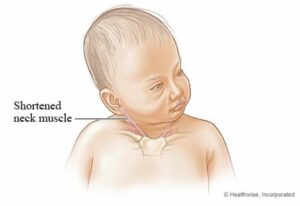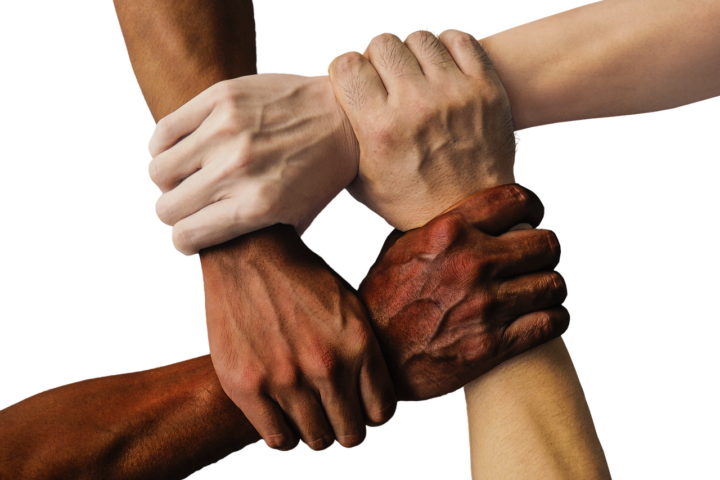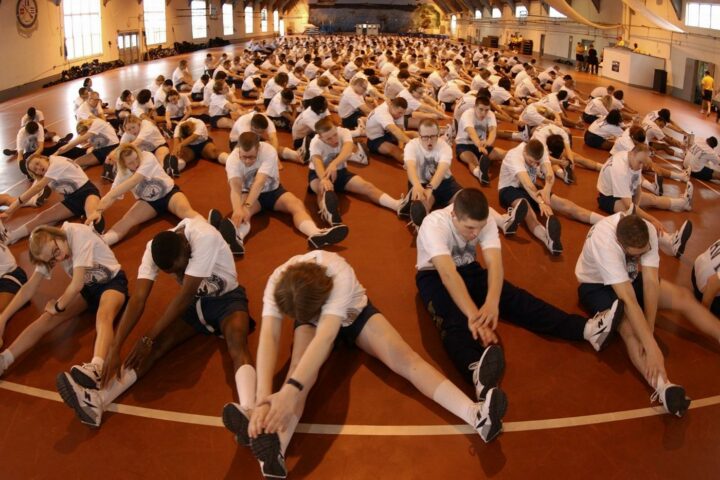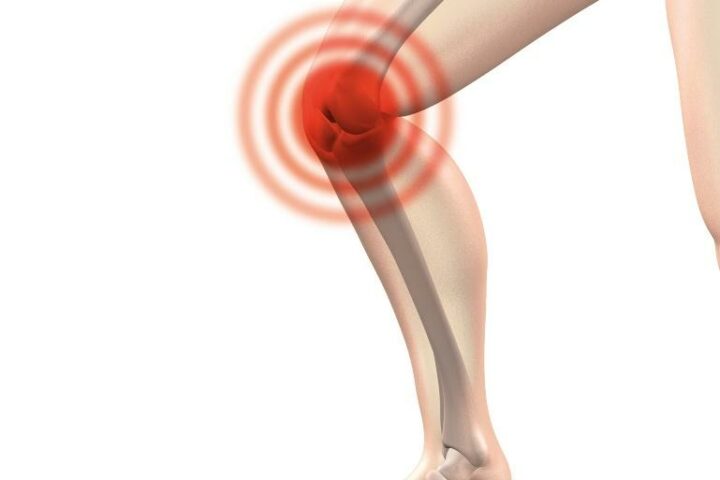Torticollis is an acute or congenital (genetic) shortening of one of the muscles in the neck called the Sternocleidomastoid (commonly abbreviated as SCM). This leads to a head that is tilted to one side and rotated to the opposite side as shown in the picture below. Torticollis can be caused by a number of different issues, ranging from muscular or bony malformations, neurological pathology, ocular problems, to spasmodic (cervical dystonia), drugs, increased intracranial pressure, or even psychiatric disorders. As with many issues this is why it is important to get a proper evaluation and diagnosis to rule out the more ominous causes, but often times it is nothing to be seriously concerned about.
Torticollis is more common in children, and is often of abrupt onset. One day they’re fine, and the next day their head is as crooked as a question mark. Typical kid stuff. So what can be done about this? I’m going to say this again real quick to re-emphasize its importance, but ominous causes of torticollis must be ruled out first. Once that is out of the way, we’re usually left with one of three potential problems. 1) Joint restriction. As I’ve written about in other blogs, there are many pain generators in the neck, and if a joint or a cartilaginous disc in between joints becomes misaligned, it can cause extreme pain, altered head position, and restricted range of motion. 2) Muscle spasm/cervical dystonia. If the muscles become inflamed or irritated they can lock down. The tightness of the muscles reduce blood flow in these muscles. This causes ischemia, which makes the muscles very painful. The same thing happens to muscles during intense exercise, you may be familiar with the deep, painful burning of large sets of squats or hill sprints. This can also result from cervical dystonia, a problem with how the brain is perceiving the muscles in the neck. If the brain does not get accurate feedback it will reflexively tighten up muscles, like tuning a guitar string, in order to provide more input. 3) Ocular misalignment. Your eyes are very important for your neck, as your vision tells you where the horizon is so you can make sure your head is aligned with gravity and the horizon. If there is an eye muscle imbalance or misalignment, you may have a skewed view of of what ‘neutral’ is, and as a result your neck will contract to one side to try and ‘right’ your head based on where your brain is perceiving the horizon.
The treatment will depend on the cause of the torticollis. Of the causes we discussed, treatment may involve joint manipulation, neck mobilization, muscle release techniques, therapeutic eye exercises, brain based rehabilitation, or some combination of the above. There are many published cases of acute torticollis being relieved quickly using Chiropractic adjustments combined with other therapies. Whatever the cause is, make sure to get it evaluated sooner rather than later by a knowledgeable practitioner, as waiting to see if this resolves on its own may have consequences. If you are interested in getting your torticollis evaluated and treated call (703)-723-9355 to schedule an appointment with one of our Chiropractors, Physical Therapists, or Acupuncturists to start your journey towards living pain free.
Young MD, Young JL. Conservative Care of Pediatric Acquired Torticollis: A Report of 2 Cases. Journal of Chiropractic Medicine. 2017;16(3):252-256.
Herman MJ. Torticollis in infants and children: common and unusual causes. Instr Course Lect. 2006;55:647-53.





